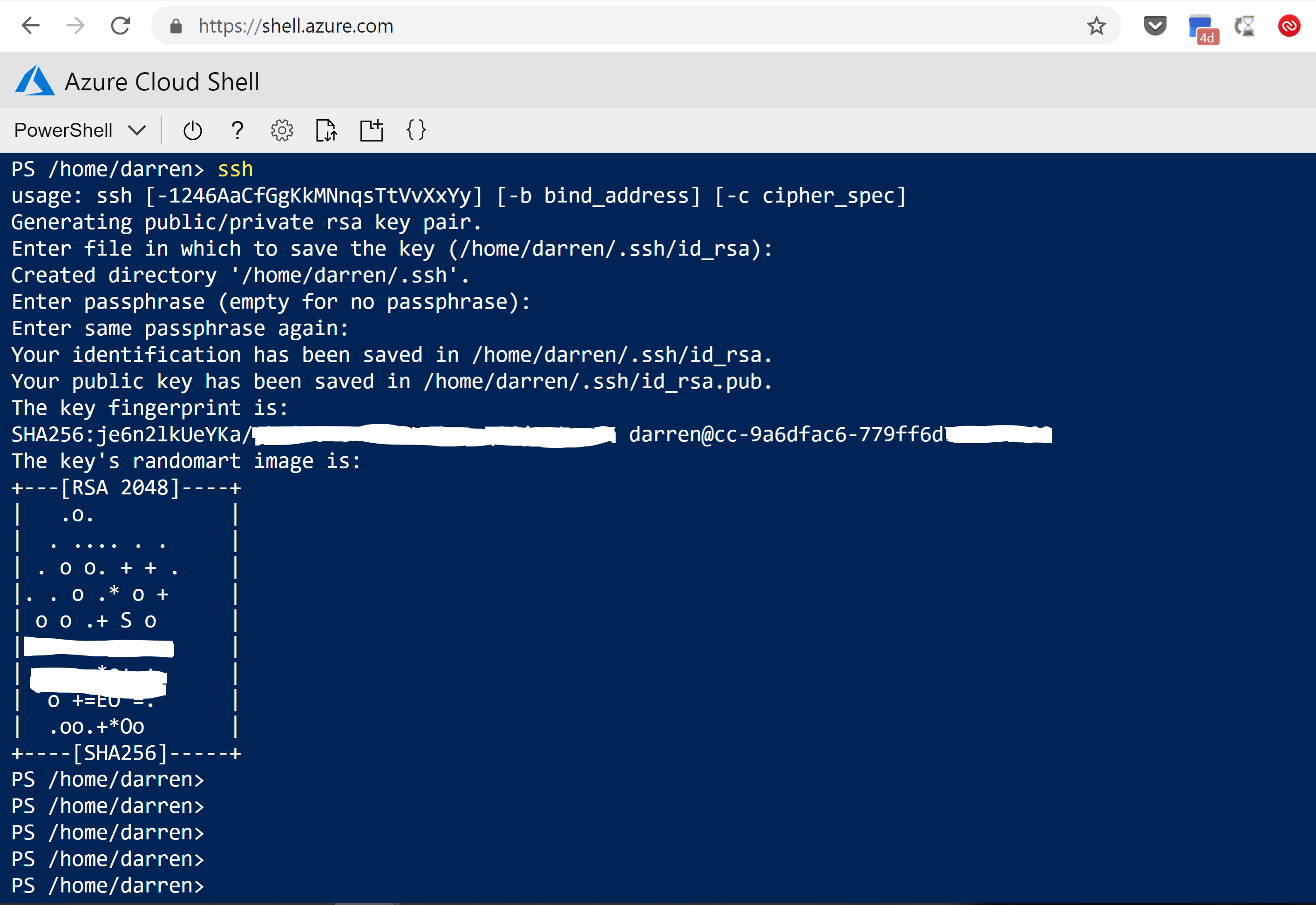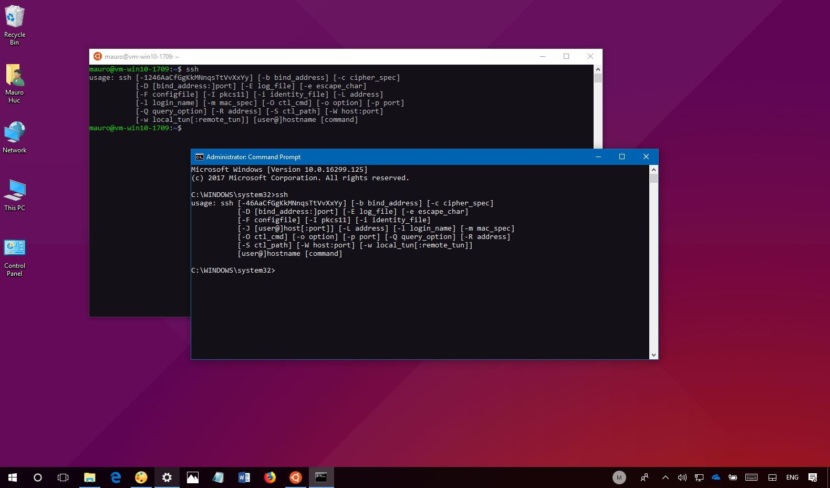

If you don’t already have Ubuntu on WSL, take a look at our Install Ubuntu on WSL tutorial. The puttygen.exe executable from PuTTY for Windows 7 or 8.1.The OpenSSH client built into Windows 10.RequirementsĪll you need is a PC running Windows and one of the following installed: Over the following few steps, we’ll guide you through the process of generating SSH keys using Ubuntu on WSL, OpenSSH, and PuTTY. But even without Ubuntu, SSH keys can also be generated with the free and open source OpenSSH client built into Windows 10 or with PuTTY for Windows 8.1 and earlier. Generating these keys from Linux is easy, and thanks to Ubuntu on WSL, you can follow the same process from Windows 10. But its authentication mechanism, where a private local key is paired with a public remote key, is used to secure all kinds of online services, from GitHub and Launchpad to Linux running on Microsoft’s Azure cloud. SSH, the secure shell, is often used to access remote Linux systems. Afterwards, save the private key on your Windows computer.Use the Ubuntu command line or PuTTY running on Windows 10 to generate SSH keys for use with SSH authentication and your own remote connections. After you create the pair, add the public key to your server and disable password logins.

And you also have ssh-keygen available on Windows, which you can use in the command prompt. There are many methods to create key pairs for SSH authentication.

Fail2ban blocks multiple attempts from the same IP, but another IP will try different passwords until one of them gets lucky. They are much more secure than using the commonly recommended scheme of passwords plus fail2ban. Zombie computers from botnets constantly scan and try to bruteforce passwords on OpenSSH servers. However, it is recommended that instead of passwords you use SSH keys. Just type yes to accept the fingerprint, and then type your password (characters won’t be displayed on screen).

Ssh root john you log in with a password, it’s easy.


 0 kommentar(er)
0 kommentar(er)
